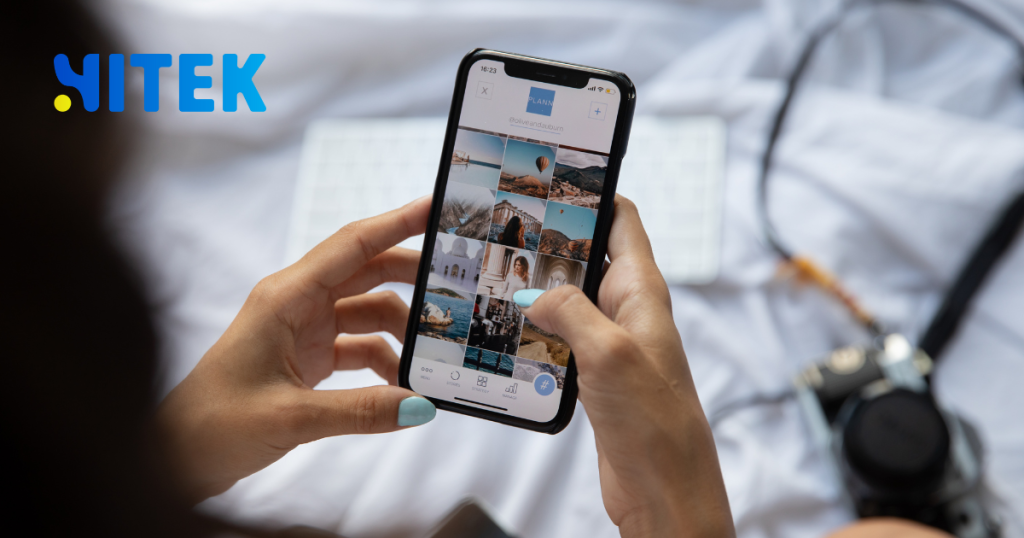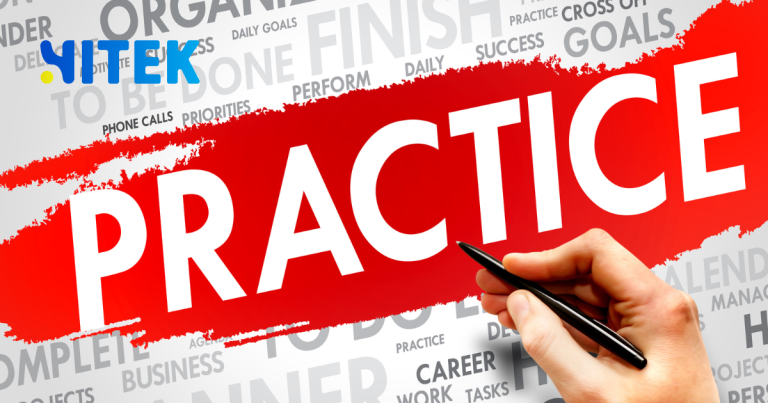Launching a product that resonates with users while minimizing risks is no small feat in the competitive app development world. Enter the Minimum Viable Product (MVP), a strategy that has become a cornerstone for startups and established businesses. But what exactly is an MVP, and why is it so crucial for app development, especially in a tech-savvy market like Australia? Let’s break it down.
Contents
ToggleWhat Is an MVP?
An MVP, or Minimum Viable Product, is the most basic version of an app that includes only the core features necessary to solve a specific problem for users. It’s not about creating a stripped-down, half-baked product—it’s about delivering value quickly, testing assumptions, and gathering feedback to refine the app before a full-scale launch.
Think of it as a prototype with a purpose. Instead of spending months (or years) and a small fortune building a fully-featured app, an MVP allows you to test your idea in the real world with minimal resources. This approach is particularly valuable in Australia’s dynamic tech landscape, where user preferences and market trends can shift rapidly.
Why MVP Development Matters for Australian Businesses
Australia’s tech ecosystem is thriving, with cities like Sydney, Melbourne, and Brisbane emerging as innovation hubs. However, the competition is fierce, and user expectations are high. Here’s why adopting an MVP strategy can give your app a competitive edge:
- Cost Efficiency: Developing a full-featured app can be expensive. An MVP allows you to allocate your budget wisely, focusing on the essentials while leaving room for future enhancements.
- Faster Time-to-Market: In a fast-paced market, speed is critical. An MVP lets you launch quickly, giving you a head start over competitors.
- User-Centric Design: By involving users early in the development process, you can create an app that meets their needs, increasing the chances of long-term success.
- Risk Mitigation: Testing your idea with an MVP reduces the risk of building an app nobody wants. It’s a safety net that ensures you’re on the right track before committing to further investment.
Key Steps to Building an MVP
Creating a successful MVP requires a clear strategy and a focus on delivering value. Here’s a step-by-step guide to help you get started:
1. Identify the Core Problem
Every great app solves a problem. Start by identifying the pain points your target audience faces. For example, if you’re developing a fitness app, the core problem might be helping users stay motivated to exercise regularly.
2. Define Your Target Audience
Understanding your audience is crucial. Factors like demographics, tech usage patterns, and cultural preferences are considered in Australia. Are you targeting busy professionals in Sydney or fitness enthusiasts in Melbourne? Tailor your MVP to their specific needs.
3. Prioritize Core Features
Resist the temptation to include every feature you can think of. Focus on the ones that directly address the core problem. For instance, a food delivery app might prioritize features like menu browsing, ordering, and payment processing.
4. Build, Test, and Iterate
Once your MVP is live, gather feedback from users. Use analytics tools to track user behavior and identify areas for improvement. This iterative process ensures your app evolves in line with user expectations.
Examples of Successful MVPs
Some of the world’s most popular apps started as MVPs. For instance, Airbnb began as a simple website offering short-term lodging during a conference. Today, it’s a global platform revolutionizing the hospitality industry. Similarly, Uber’s MVP focused solely on connecting riders with drivers in San Francisco before expanding worldwide.
In Australia, apps like Canva and Afterpay also leveraged the MVP approach to test their ideas and refine their offerings based on user feedback. These success stories highlight the power of starting small and scaling strategically.
Common Mistakes to Avoid
While the MVP approach offers numerous benefits, it has its pitfalls. Here are some common mistakes to watch out for:
- Overloading the MVP: Including too many features defeats the purpose of an MVP. Stick to the essentials.
- Ignoring User Feedback: The whole point of an MVP is to learn from users. Failing to act on their feedback can derail your project.
- Skipping Market Research: Understanding your market is crucial. Don’t assume you know what users want—test your assumptions.
How to Choose the Right Development Partner in Australia
Building an MVP requires expertise in design, development, and user experience. Partnering with a reputable app development agency can make all the difference. Look for a team with a proven track record, a deep understanding of the Australian market, and a commitment to delivering high-quality results.
For example, Hitek’s official website offers insights into how advanced tools and technologies can streamline MVP development.
MVP Development: A Smart Investment for Australian Startups
For Australian startups, an MVP is more than just a development strategy—it’s a wise investment. By validating your idea early, you can save time, reduce costs, and increase your chances of success in a competitive market.
Key Takeaways
| Aspect | Details |
|---|---|
| Definition | A basic version of an app with core features to solve a specific problem. |
| Benefits | Cost efficiency, faster time-to-market, user-centric design, risk reduction. |
| Steps | Identify the problem, define the audience, prioritize features, and iterate. |
| Examples | Airbnb, Uber, Canva, Afterpay. |
| Mistakes to Avoid | Overloading features, ignoring feedback, and skipping market research. |
Final Thoughts
In the world of app development, the MVP approach is a game-changer. It allows you to test your ideas, engage with users, and refine your product before committing to a full-scale launch. This strategy is particularly valuable for Australian businesses, offering a way to navigate the competitive tech landscape confidently.
So, if you’re ready to bring your app idea to life, start with an MVP. It’s not just a development strategy—it’s a mindset that prioritizes innovation, efficiency, and user satisfaction.
Ready to build your MVP? Contact a trusted app development partner in Australia today and take the first step toward realizing your vision.









